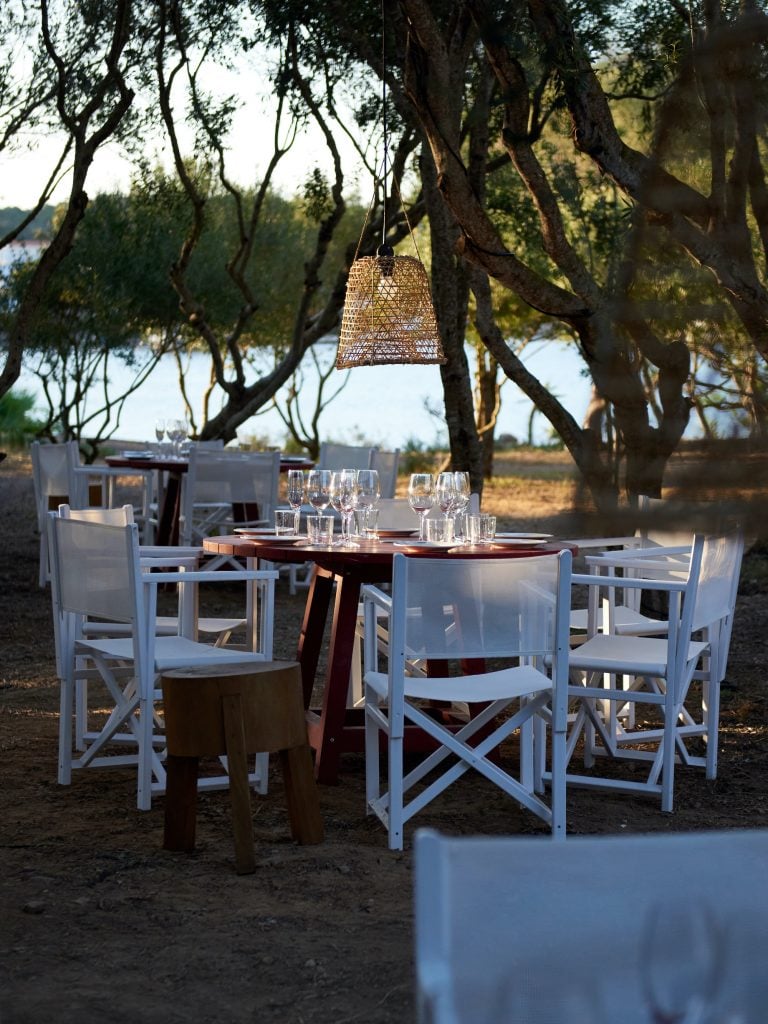Ask an Art Advisor
Is It Better to Invest in Art or Stocks? Here’s What a Veteran Professional Art Advisor Suggests
Plus, when is the best time to insure your art, and how do I get an invite to a gallery dinner?

Plus, when is the best time to insure your art, and how do I get an invite to a gallery dinner?

Wendy Goldsmith

What’s the smartest way to spend $20,000 on art? Is it a bad idea to help a big client avoid paying sales tax? How do I get an invite to a gallery dinner? Every month in Ask an Art Advisor, our go-to expert Wendy Goldsmith invites you to share your most pressing questions about navigating the art market—and she’ll draw from her decades of experience for the answer.
Do you have a query of your own? Email [email protected] and it may get answered in an upcoming article.
I never insured my art collection and now it has grown in value I’m worried about security, and I’m afraid the premiums will be too high. When is the best time to insure your art, and do you have to have it re-appraised when the prices for your artists go up?
If you have the funds to buy works of art, you should have the money for insurance as not taking out insurance will always be a false economy. While theft is quite rare (and sadly, usually an inside job), damage is not. Anything can happen—from a painting falling off a wall to an animated guest splashing a glass of champagne against your favourite canvas to a housekeeper polishing a Jeff Koons with brillo pad. Even the slightest damage can reduce the value of a work of art considerably. And that’s after the work has already been shipped to your home, during which time the risk increases exponentially, with even the chance of a total write off (we’ve all heard the story of the fork life truck going through a crate in a warehouse). Is that really worth the risk?
But the trick is taking out the most appropriate policy. As a general rule, if your works are low in price, it’s standard to still include them on a regular policy of household contents. Yet once your collection includes pieces of a higher “single article limit” (which can vary through insurance companies), it’s best to look to specialist art insurers for a standalone policy where the premiums are actually very good value, percentage wise, for the kind of total that they cover. In addition, this policy can be used to include works of art while in transit (once they are informed of the details in advance), which is literally a sliver of the cost of what any specialized art shipper would charge. They also know exactly what criteria applies to any claim, already understand market nuances due to their specialized knowledge, and should the worst happen, usually make the claim quite seamless.
Having said that, be sure that you read the fine print and stick to your side of the bargain. Importantly, never under insure. If you haven’t been keeping up with the appropriate premiums, your underwriter may not pay out at all. So yes, indeed, have your collection reappraised every year, especially with the ever more rapid market fluctuations we’ve seen of late. Not taking out a proper policy really is a false economy because there’s no way to know when your newly purchased Picasso ceramic may crash to the ground, or your toddler decides to add their own finishing touch to your beloved Twombly. Being without proper insurance, means you’ll still pay in the end.

Anna Leporskaya’s painting Three Figures (1932-34), damaged with a ballpoint pen.
I have been collecting art on a modest budget for a couple of years (my pieces are all under $10,000) but I have recently come into some inheritance money and my means have expanded considerably. I’m worried about the money losing value to inflation so I want to invest. Should I ramp up my art collecting or continue collecting at the level that I have been and invest the extra money in the stock market?
Don’t. invest. in. art. We only see the seductive headlines for just a sliver of the numerous works of art sold per year without ever hearing of the losses. Warehouses full of art can’t be shifted without the owners wincing in pain. This market for “young” art is a relatively new phenomenon, with results growing exponentially each sale season and a seemingly endless supply of cannon fodder, where everyone wants to get in on the act. If I can still remember some of their names, I’d like to have a conversation about many of these artists in two or three years time, and see exactly where their values lie then.
Having said that, there is still a huge amount of talent out there but the idea of making the right choice of artists, and then getting access to their top pieces, are slim to none. No one has a crystal ball, and neither does your stock broker. If you simply want to invest, stocks have much lower expenses and commissions as well. You mention your means have expanded considerably but I’m still not sure exactly how far your revised budget can stretch, which will always be a factor in how exactly to structure a collection. If you’re still drawn to this world, as a start, I would always buy the best example you can afford by an artist, not just a mediocre canvas with their signature. Right now, I would suggest one of the greats of the modern era, while everyone is focused elsewhere. They’re not making any more of those. For fun, you could always add a young artist that you really want to live with, into the mix. As in the stock market, the golden rule is diversify. There’s more out there than just wet paint.

The restaurant ‘Cantina’ at Hauser & Wirth Menorca, designed by Luis Laplace. Courtesy Hauser & Wirth. Photo: Daniel Schäfer.
I am new to collecting and have been working on building my relationship with gallerists for some time. There are a few who I think I get along well with but I keep seeing other people posting online from these fancy gallery dinners that I’m never invited to. What do I need to do to get a seat at the table?
It’s amazing how often this question gets asked. So many people want the art and the experiences (and to be seen) which is understandable, especially if your fortune has been made in a less creative environment. And indeed, these dinners can be wonderful, especially as you are sitting with like minded people; collectors, curators, gallery directors, artists, as well as, on occasion, the odd movie star, where some of the most fascinating conversations can be had. The food and wine usually isn’t bad either! But from the gallery’s point of view, these are still business events, usually to thank buyers for their support of the artist whose latest exhibition may have just opened that evening, and to keep their artists happy, showing them their depth of support and allowing them to have an evening to celebrate their achievements, usually accompanied by the artist’s friends and family. The galleries may like you, and certainly enjoy your company, but someone has to pay the bill.
So to get one of these coveted invites, the first rule of thumb would be to acquire a work by one of the gallery artists that you most admire, even buying the artist’s work in depth. Or buy a selection of artists through the gallery’s program, and the invites will start to come in thick and fast.
But then Hauser & Wirth came along and changed the game, exponentially. They realized quite a while ago that numerous collectors have the cash to buy any artwork they chose but what they really want are experiences; they want what money can’t buy. So Hauser set about building a concurrent hospitality venture, to run along side their 16 museum quality galleries worldwide (and counting), which includes a jewel of a hotel in Scotland, their own island in Menorca, an arts centre and artist’s residency in Somerset as well as the chicest pub in Mayfair, which will be opened just in time for Frieze. The word on the street is that new collectors buy works from across their network of galleries, just to gain access to a coveted invitation to one of these dreamy events. It’s win win. Genius.
Wendy Goldsmith is a former International Director at Christie’s in both New York and London, who now runs London’s Goldsmith Art Advisory. You can also find her on Instagram @wendy_goldsmith.